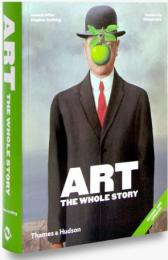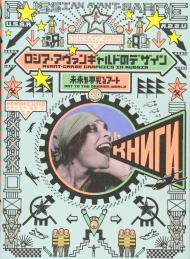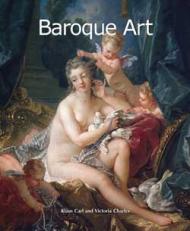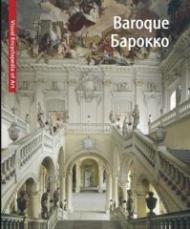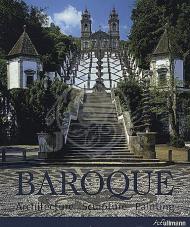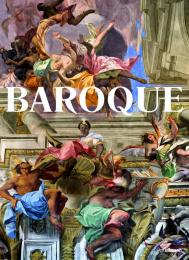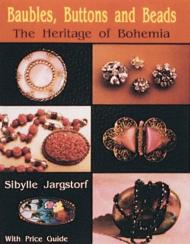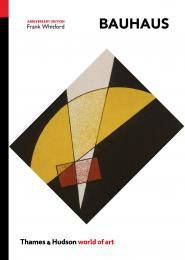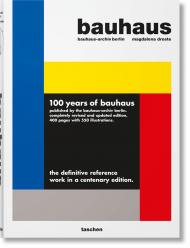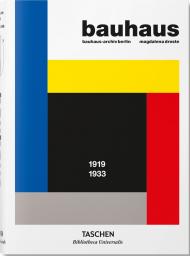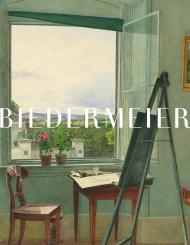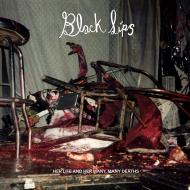An accessible and hugely popular history of art explained through many of the world’s most famous masterpieces
This comprehensive, vibrant book leads you through the world’s iconic images – those that we encounter every time we open a newspaper, visit a gallery, or look at the front cover of a novel
Art: The Whole Story traces the development of art period by period, with the illustrated text covering every genre, from painting and sculpture to conceptual art and performance art. Cultural timelines are there too, to help the reader with historical context.
• The most accessible history of world art ever assembled
• More than 1,100 colour illustrations of iconic pieces
• Covers every genre of art, from painting and sculpture to conceptual art
• Designed in an easily navigable and user-friendly fashion
Written by an international team of artists, art historians and curators, this absorbing and beautiful book will give you insight into the world’s most iconic images.
Masterpieces that epitomize each period or movement are highlighted and analysed in detail. Everything from the use of colour and visual metaphors to technical innovations is explained, enabling you to interpret the meanings of world-famous masterpieces – Mughal miniatures; Japanese prints in the nineteenth century; the colour theories behind Seurat’s remarkable La Grande Jatte; and why Picasso’s Les Demoiselles D’Avignon was so shocking in its day.
